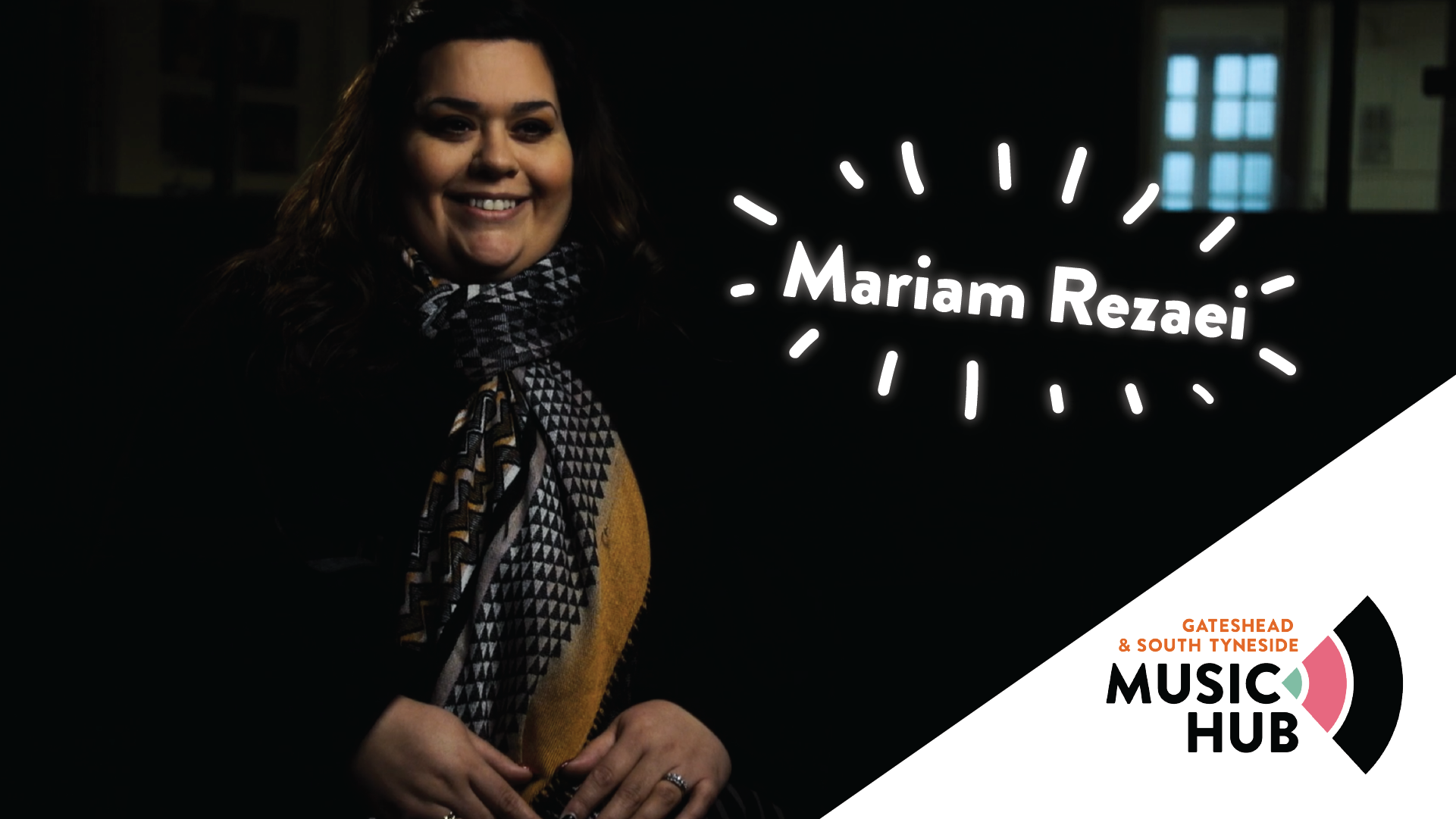Mariam Rezaei
DJ
Composer
Improviser
Mariam Rezaei is a composer, performer, DJ and improviser working predominantly with turntables, piano, vocals and electronics.
Mariam grew up in Gateshead, England, playing the classical piano. She first developed an interest in DJing at the age of fifteen and began writing music at this time. Her interest in writing with turntables developed a little while later, as she was competing in local and national DJ competitions.
She completed and was awarded her Doctoral degree in the Philosophy of Composition For Turntable and Ensemble at Durham University in May 2016 and is a lecturer in Music Technology and Composition at Newcastle University. For the 2012 Cultural Olympiad, she composed for NOISESTRA, to perform with Apartment House at the Sage Gateshead, 2012 and Edinburgh in 2013. She was invited by Ilan Volkov as a guest improviser for the BBC Proms 47 in 2012, at the John Cage Centenary Celebration.
She performed 'Jig Hop' with Kathryn Tickell and Folkestra for the BT River of Music Festival as part of the 2012 Cultural Olympiad, in Trafalgar Square. A number of Rezaei's compositions and performances have been featured on BBC Radio 3 since 2015. Visit Mariam’s website here.
Activities
Watch Mariam’s interview:
Watch Mariam’s interview:
Musical Family Trees
This activity focusses on Mariam’s work as a DJ. It’s an activity about developing DJ preparation skills and ideas around creating a playlist.
First, What is a DJ?
DJ stands for Disc Jockey and refers to someone who plays recorded music for an audience, such as records, CDs and MP3s and other digital formats. DJs will usually use at least two different sources of audio (sound/music) to ensure music is continually playing. As one song is finishing the other can start without their being a gap (silence) in music.
Here’s a video of Kool Herc demonstrating this skill:
Being a DJ is all about understanding your own musical tastes and how they connect with an audience. It’s not just beat matching and scratching, it’s about your connection with the people in the room, it’s about empathy and understanding and your ability to understand how people are moved by music.
Here’s a link to find out more about becoming a DJ:
Activity 1:
Draw out a family and friends tree capturing all the people in your life that are important to you. This might be people you go to school with, teachers, lunch time supervisors etc. or it might be people who look after you, your family and people in your community.
For example:
Activity 2:
Ask each person on your tree about the music they listen to and why.
What tune would they listen when getting ready for a night out?
What tune would make them get up on the dance floor?
Redraw the tree with their tune suggestions.
For example:
Activity 3:
Use YouTube or another streaming platform like Apple or Spotify, to listen to each tune.
Think about the following:
What genre is the music?
What tempo is the music? Fast/medium/slow
What words would you use to describe the music? Is it simple/complicated fat/small/round/busy/sparse.
Activity 4:
You’re now going to create your own playlist on YouTube. You need to think about the order of tune considering the following:
What tune is best for the start and best for the end?
How do you think each tune will affect the audience?
Which tunes connect best together? Tunes that could have similar tempos, genres or feel. Think about your describing words in the previous task.
Think about which tunes don’t connect yet.
Activity 5:
Now you need to think about what’s missing. Good DJs go out crate digging or mining for sounds (searching through record stores and second-hand shops for tunes that will compliment a DJs record collection and improve their DJ sets). Spend time listening to lots of music and think about which hits will improve your set list. Find tunes that you think will compliment the set list you already have or can fill any gaps.
Create an order to your playlist and think about how it builds up and calms down through out your set. Always think about how the music will affect the audience. Share your playlist with your family and friends and ask for feedback. You could even try out your set at a party and see how people react.


